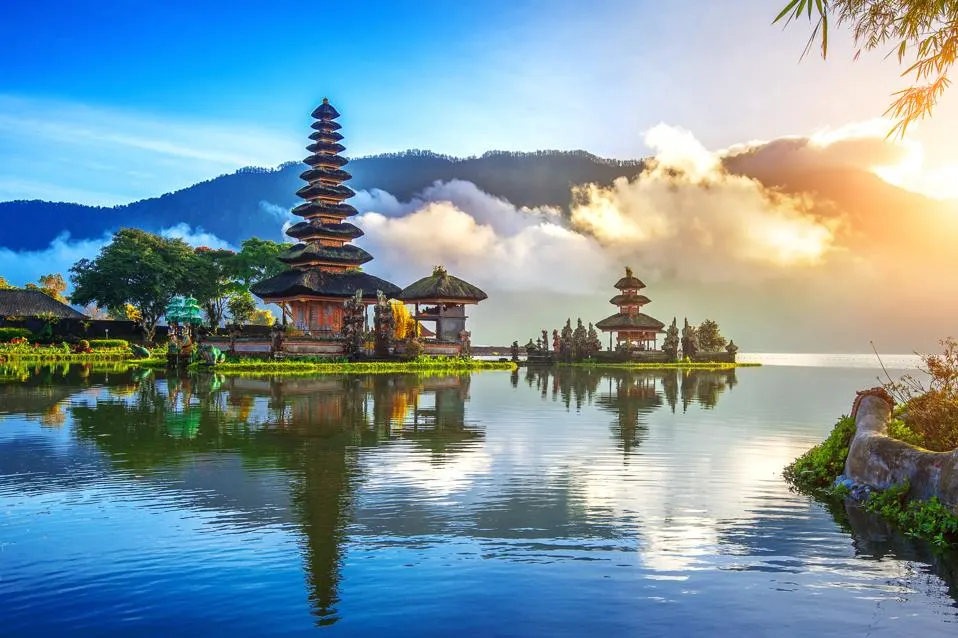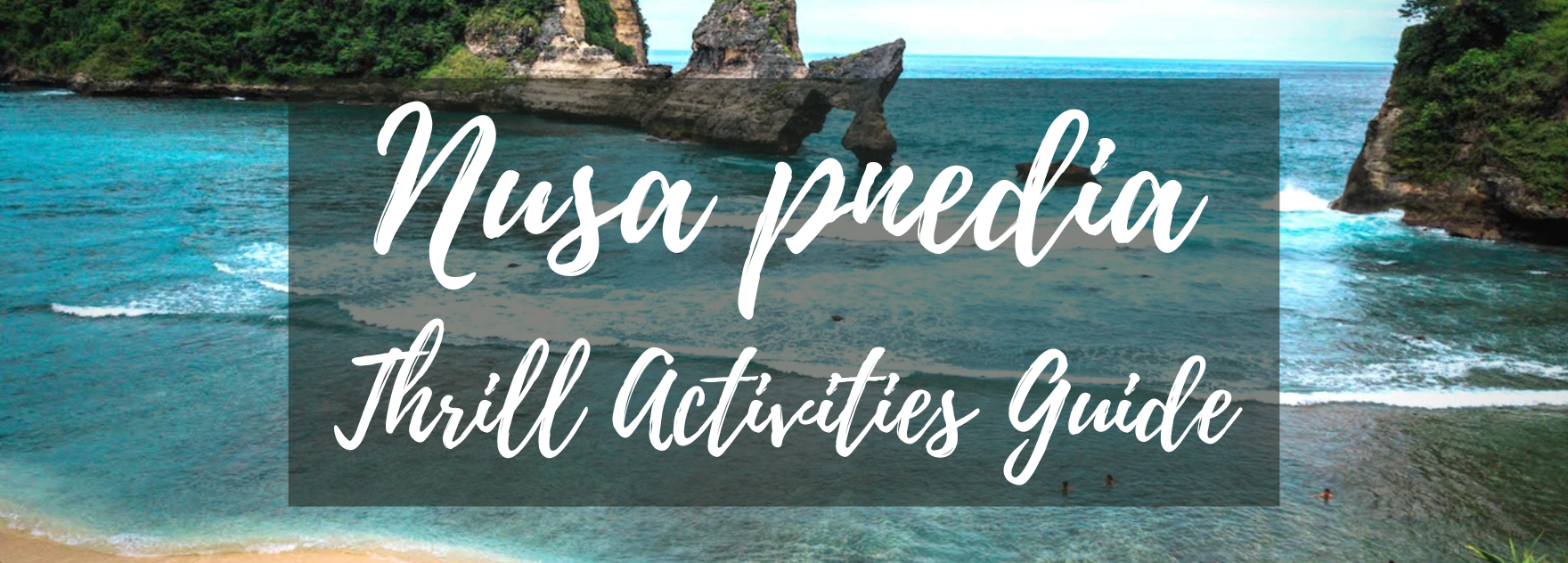The Eagle Travel2024-05-24T04:36:55+00:00Bali, the enchanting Indonesian island known for its lush landscapes, stunning beaches, and vibrant culture, is a popular destination for travelers worldwide. One of the most frequently asked questions by those planning a trip to this tropical paradise is, "When is the best time to visit Bali?" The answer to this question largely depends on what you want to experience during your stay. This comprehensive guide will help you decide the best time to visit Bali based on weather conditions, festivals, and activities.
Bali's Climate and Seasons
Bali has a tropical climate, which means it experiences warm temperatures year-round. However, the island has two distinct seasons: the dry season and the rainy season.
Dry Season (April to October)
The dry season in Bali runs from April to October and is characterized by sunny days, low humidity, and minimal rainfall. This is the peak tourist season, especially during the months of July and August, as well as around the Christmas and New Year holidays. The dry season is ideal for outdoor activities, beach visits, and exploring the island's natural beauty.
Rainy Season (November to March)
The rainy season in Bali lasts from November to March. During this time, the island experiences heavy rainfall, particularly in the afternoon and evening. Despite the rain, the temperatures remain warm, and the landscape becomes lush and green. The rainy season is considered the low tourist season, making it a great time to visit if you prefer fewer crowds and lower prices.
Best Months to Visit Bali
While Bali is a year-round destination, some months offer better conditions for certain activities. Here is a breakdown of the best months to visit Bali based on different interests:
Best Months for Beach Activities: May to September
If your primary goal is to enjoy Bali's stunning beaches, the best time to visit is from May to September. During these months, you can expect clear skies, calm seas, and excellent conditions for swimming, snorkeling, and sunbathing. Popular beach destinations like Kuta, Seminyak, and Nusa Dua are at their best during this period.
Best Months for Surfing: April to October (West Coast) and November to March (East Coast)
Bali is renowned for its world-class surfing spots. The best time to surf on the west coast (including famous spots like Uluwatu and Padang Padang) is from April to October when the waves are at their peak. For the east coast (including Nusa Dua and Sanur), the best time to surf is during the rainy season from November to March.
Best Months for Diving and Snorkeling: April to October
The dry season from April to October offers the best visibility for diving and snorkeling around Bali. Popular dive sites like Tulamben, Amed, and Nusa Penida are teeming with marine life, and the conditions are perfect for underwater exploration.
Best Months for Hiking and Trekking: April to October
If you're an outdoor enthusiast interested in hiking and trekking, the dry season is the ideal time to visit. Mount Batur and Mount Agung are popular hiking destinations, offering breathtaking views and challenging trails. The dry season ensures safer and more enjoyable trekking experiences.
Best Months for Cultural Festivals: All Year Round
Bali's rich cultural heritage is showcased through its numerous festivals and ceremonies. While cultural events take place year-round, some of the most significant festivals include:Nyepi (March/April): Known as the "Day of Silence," Nyepi marks the Balinese New Year and involves a day of complete silence, fasting, and meditation.
Galungan and Kuningan (Twice a year): These important Hindu festivals celebrate the victory of good over evil and involve elaborate ceremonies, offerings, and traditional dances.
Bali Arts Festival (June/July): A month-long celebration of Balinese arts and culture, featuring performances, exhibitions, and parades.
Activities to Enjoy in Bali
Bali offers a wide range of activities for every type of traveler. Here are some of the top activities to enjoy during your visit:
Beach and Water Activities
Surfing: Bali is a surfer's paradise with breaks suitable for all levels. Kuta Beach is perfect for beginners, while advanced surfers can head to Uluwatu or Padang Padang.
Snorkeling and Diving: Explore the vibrant underwater world at popular sites like Nusa Penida, Menjangan Island, and the USAT Liberty shipwreck in Tulamben.
Stand-Up Paddleboarding: Glide along the calm waters of Sanur or Nusa Dua on a stand-up paddleboard for a relaxing and scenic experience.
Jet Skiing and Parasailing: Thrill-seekers can enjoy adrenaline-pumping activities like jet skiing and parasailing at Tanjung Benoa.
Cultural and Spiritual Experiences
Temple Visits: Bali is home to thousands of temples, each with its unique charm. Must-visit temples include Tanah Lot, Uluwatu Temple, and Besakih Temple.
Traditional Dance Performances: Witness captivating Balinese dance performances, such as the Kecak Fire Dance at Uluwatu Temple or the Legong Dance in Ubud.
Cooking Classes: Learn the secrets of Balinese cuisine by taking a cooking class. You'll get hands-on experience in preparing traditional dishes like nasi goreng and satay.
Yoga and Wellness Retreats: Bali is a top destination for yoga and wellness retreats. Ubud, in particular, is known for its serene settings and numerous yoga studios.
Outdoor Adventures
Hiking and Trekking: Conquer the peaks of Mount Batur or Mount Agung for a sunrise trek and be rewarded with spectacular views. For a less challenging hike, explore the Campuhan Ridge Walk in Ubud.
White Water Rafting: Experience the thrill of white water rafting on the Ayung River or Telaga Waja River. These adventures offer a mix of adrenaline and stunning scenery.
Cycling Tours: Discover Bali's countryside on a cycling tour. Ride through lush rice terraces, traditional villages, and scenic landscapes in areas like Ubud and Sidemen.
ATV and Quad Biking: For an off-road adventure, try ATV or quad biking through Bali's rugged terrain, jungles, and rice fields.
Relaxation and Leisure
Spa and Wellness: Indulge in a luxurious spa treatment at one of Bali's renowned wellness centers. Traditional Balinese massages, herbal scrubs, and flower baths are popular choices.
Beachfront Dining: Enjoy a meal with a view at one of Bali's beachfront restaurants or beach clubs. Seminyak and Jimbaran Bay offer excellent dining options with stunning ocean views.
Sunset Watching: Bali is famous for its breathtaking sunsets. Head to popular spots like Tanah Lot, Uluwatu Temple, or Echo Beach to witness the sky light up in vibrant colors.
Shopping: Explore Bali's markets and boutiques for unique souvenirs, clothing, and handicrafts. Ubud Art Market and Seminyak's shopping streets are great places to start.
Tips for Planning Your Bali Trip
Book Accommodation in Advance: During the peak tourist season, accommodation can fill up quickly. It's advisable to book your hotel or villa well in advance to secure the best options.
Pack Appropriately: Lightweight, breathable clothing is essential for Bali's warm climate. Don't forget to pack swimwear, sunscreen, insect repellent, and a reusable water bottle.
Respect Local Customs: Bali is a predominantly Hindu island with rich cultural traditions. Dress modestly when visiting temples and be mindful of local customs and etiquette.
Stay Hydrated: The tropical climate can be dehydrating, so make sure to drink plenty of water throughout the day. Avoid tap water and opt for bottled or filtered water.
Rent a Scooter: Renting a scooter is a convenient and affordable way to explore Bali at your own pace. Ensure you have an international driving permit and wear a helmet at all times.
Conclusion
Bali is a destination that offers something for everyone, regardless of the time of year. Whether you visit during the dry season for perfect beach weather or the rainy season for lush landscapes and fewer crowds, you're sure to have an unforgettable experience. From surfing and diving to cultural exploration and relaxation, Bali's diverse range of activities ensures that every traveler leaves with lasting memories. Plan your trip carefully, respect the local culture, and get ready to fall in love with the Island of the Gods.
Ready to Experience the Magic of Bali?
Don't leave your dream vacation to chance. Let The Eagle Travel Agency craft the perfect Bali getaway for you! From finding the best times to visit to planning thrilling activities and serene moments, our expert team will ensure every detail is tailored to your desires.Contact us today to start planning your unforgettable journey to the Island of the Gods. Whether it's surfing the perfect wave, exploring ancient temples, or simply soaking up the sun on pristine beaches, we have you covered.Call us now at +62 81337206765 or email us at info@theeagletravelagency.com to begin your Bali adventure!Discover Bali with The Eagle Travel Agency – Where Every Journey Becomes a Story.






